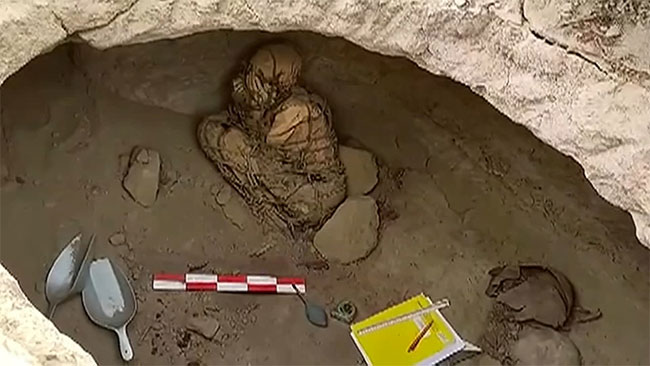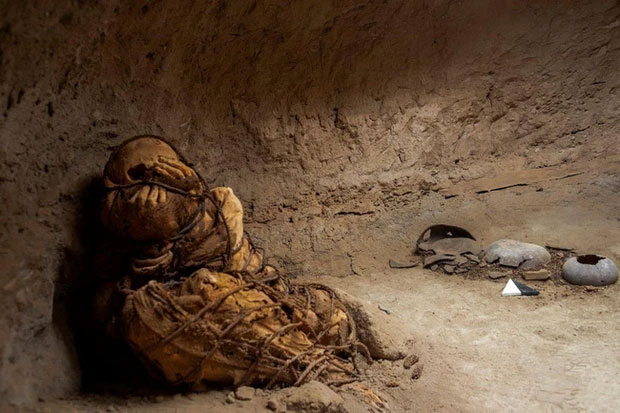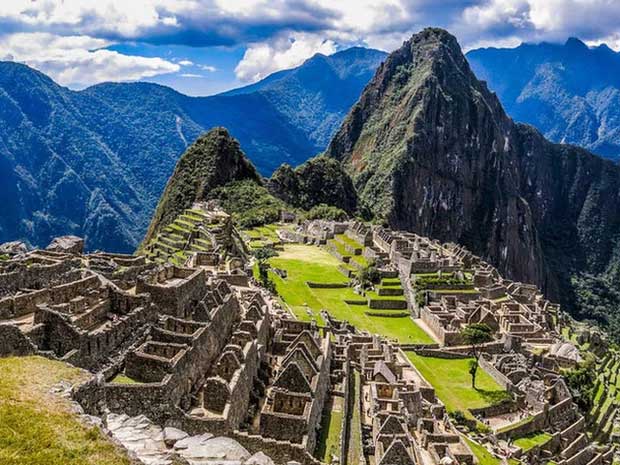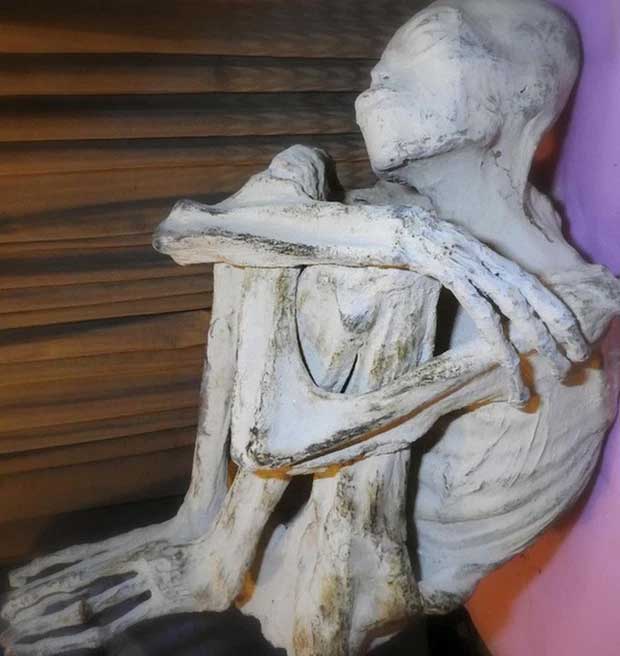According to CNN, researchers from the National University of San Marcos (Peru) recently discovered a well-preserved mummy buried beneath the town square at the Cajamarquilla archaeological site, located about 25 kilometers from Lima.
Typically, most mummies are found in a lying position, but what astonished archaeologists was that the mummy was bound with ropes and had its hands covering its face.
Initial speculation by the researchers suggests that this may have been a burial custom of the ancient people of southern Peru. The mummy is estimated to be at least 800 years old, indicating it predates the Spanish conquest and even the Inca civilization, which established the famous Machu Picchu in the 15th century.
The archaeological team found the mummy inside an underground structure on the outskirts of Lima. The tomb also contained offerings, including ceramics, traces of plant life, and stone tools.


The mummy is likely a young adult between 25 and 30 years old.
According to Pieter Van Dalen Luna, one of the archaeologists involved in the excavation, “The discovery of this unusual mummy sheds light on the relationships and interactions of people during the pre-Hispanic period.”
Mr. Pieter told CNN that the mummy is likely a young adult between 25 and 30 years old who moved to Cajamarquilla from the mountains, which was a bustling trade center in pre-Columbian times. “Radiocarbon dating will help us determine the age of the mummy more accurately,” he said.
The excavation began in mid-October with a team of 40 people led by Van Dalen Luna and archaeologist Yomira Huamán Santillán, and this discovery was surprising as they did not initially intend to search for a mummy.

Machu Picchu in Peru.
“The entire team is really excited because we didn’t think this would happen,” Mr. Huamán told CNN. “We never expected to make such an important discovery.”
Another surprising finding was that archaeologists also discovered the remains of several marine mollusks outside the mummy’s tomb. According to Mr. Van Dalen Luna, this is highly unusual since Cajamarquilla is located 25 kilometers from the coast, and marine mollusks cannot travel that far.
Van Dalen Luna stated: “After the mummy was placed in the tomb, there were ongoing events and activities. This means that their descendants continued to return for many years, leaving food and offerings there, including mollusks.”
Remains of a camelid were also found outside the tomb, and Van Dalen Luna noted that this was a common food consumed by the people of that time, and thus the camelid meat would have been offered to the deceased.
The characteristics of the location where the mummy was discovered led researchers to conclude that this was not an ordinary citizen but possibly a significant figure in contemporary society.
“Finding a mummy with these characteristics in the middle of the square clearly indicates that this was a person of high status,” Mr. Van Dalen Luna said, adding that it could be a wealthy merchant.

The mummy has three fingers, three toes, and is covered in a white powder previously discovered in Peru.
The research team will now conduct more specialized analyses, including radiocarbon dating, which will allow them to narrow down the time frame during which this individual lived and learn more details about their identity.


















































